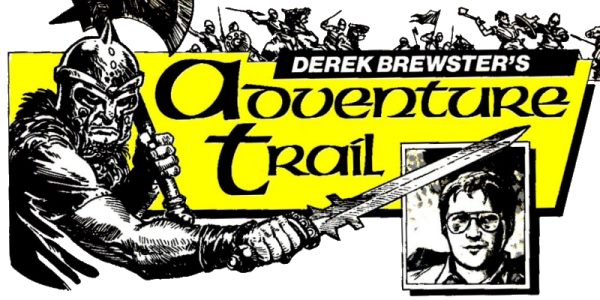

Back in 1984 CRASH took its first faltering steps along the start of The Adventure Trail. That year saw the release of many adventures whose lastability might surprise those who think all old games are long dead and gone (especially arcade players used to short shelf life games). Here I point the connoisseur of old (but good) games back to the Summer of ’84 where we begin our look at the Famous Five.
Reviewed way back in June of ’84, this illustrated adventure had a tremendous amount going for it. Independent characters, real time, cursor key option on movement, weakness as an added characteristic to bring realism to the concept of fatigue, user-friendly vocabulary going beyond verb/noun with LOOK AT distinguishable from LOOK INTO, and even LOOK ACROSS into adjacent locations to see signs of impending danger. All of these served to made this an adventure with a difference.
A classic Level 9 text-only game with the long, carefully-crafted atmospheric location descriptions and detailed, informative examine reports which have since become their hallmark. The storyline still looks interesting, and the Snowball spacecraft is still a wonder to explore.
The Mountains of Ket started it all, followed by Temples of Vran with atmospheric location passages, a combat routine, along with well-rounded, interesting problems. The Final Mission, reviewed in November, added neatly boxed-in location descriptions, on-screen score, a tune on entering locations for the first time, and a strong examine command. Incentive’s text-only threesome still looks good.
This is a most timely recommendation as The Hobbit book celebrates its fiftieth birthday this year, having been published way back in 1937. The eponymous computer game joined the super league the moment it was released due to its independent characters and comely text and pictures. Its problems are fascinating, which may go some way to explaining the fact that it does not seem to have aged here in 1987.
You’re definitely missing out if you haven’t seen this one. Adventure Trail was one of the first to publish a review, but the success it went on to achieve was all its own work, as it was the first game to show what the humble Spectrum could really do given an original idea. Many considered Mike Singleton, the game’s author, a genius.